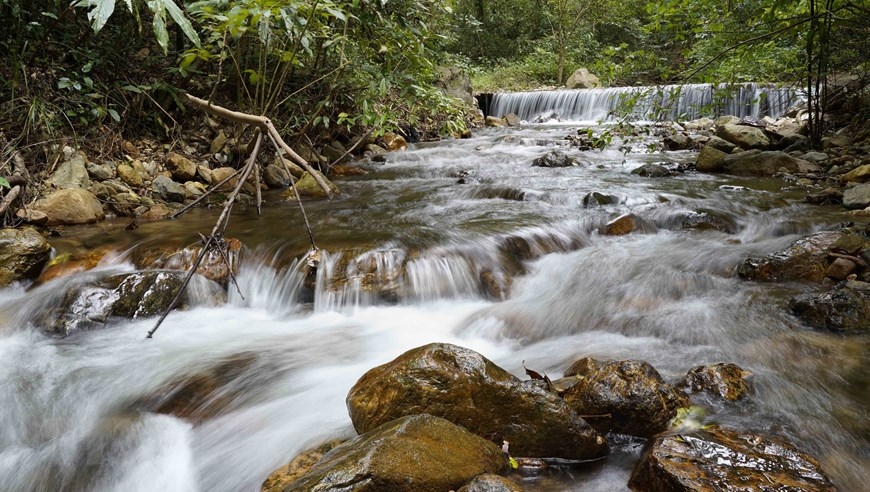The Kon Hà Nừng Biosphere Reserve is one of Vietnam’s significant natural areas recognized by UNESCO in 2021. Located in Gia Lai Province, Central Highlands, it spans over 411,000 hectares. Here are some detailed insights into this biosphere reserve:
1. Ecological Characteristics and Biodiversity
Kon Hà Nừng Plateau stands out with its diverse primary forest ecosystem, home to rare plant species and endemic animal species. The area boasts a rich plant life, including valuable timber trees, medicinal plants, and species characteristic of tropical forests. Its wildlife is also diverse, with rare and endangered species such as elephants, tigers, and primates. The reserve is one of the places where critically endangered species listed in Vietnam’s Red Book can be found.
2. Climate and Geography
Kon Hà Nừng has a tropical monsoon climate, with the rainy season lasting from May to October and the dry season from November to April. The terrain is primarily composed of high mountain ranges, dense forests, and deep valleys. This environment is ideal for the development of forest ecosystems and supports the existence of various endemic species.
3. Natural Landscape
The reserve features majestic natural landscapes, including towering mountains, deep valleys, rivers, and primary forests. One of the most notable spots is Plei Ku Lake, which offers breathtaking views and rich biodiversity. This area is significant not only for its ecological value but also for its cultural importance to the indigenous communities.
4. Role in Conservation and Sustainable Development
The Kon Hà Nừng Biosphere Reserve plays a crucial role in protecting wildlife, particularly species at risk of extinction. Additionally, it provides vital ecological services such as climate regulation, water conservation, and soil protection. The reserve also contributes to the sustainable development of eco-tourism, benefiting local communities through job creation and economic opportunities.
5.Challenges and Opportunities
The area faces several challenges, including deforestation, illegal hunting, and climate change. However, being recognized as a UNESCO Biosphere Reserve presents opportunities to raise public awareness, promote conservation efforts, and encourage sustainable tourism practices. With conservation projects and community education initiatives, the reserve can continue to play an essential role in preserving biodiversity and the natural environment.
The Kon Hà Nừng Biosphere Reserve is an important conservation area, not only for protecting the environment but also for contributing to the sustainable development of the Central Highlands region.

